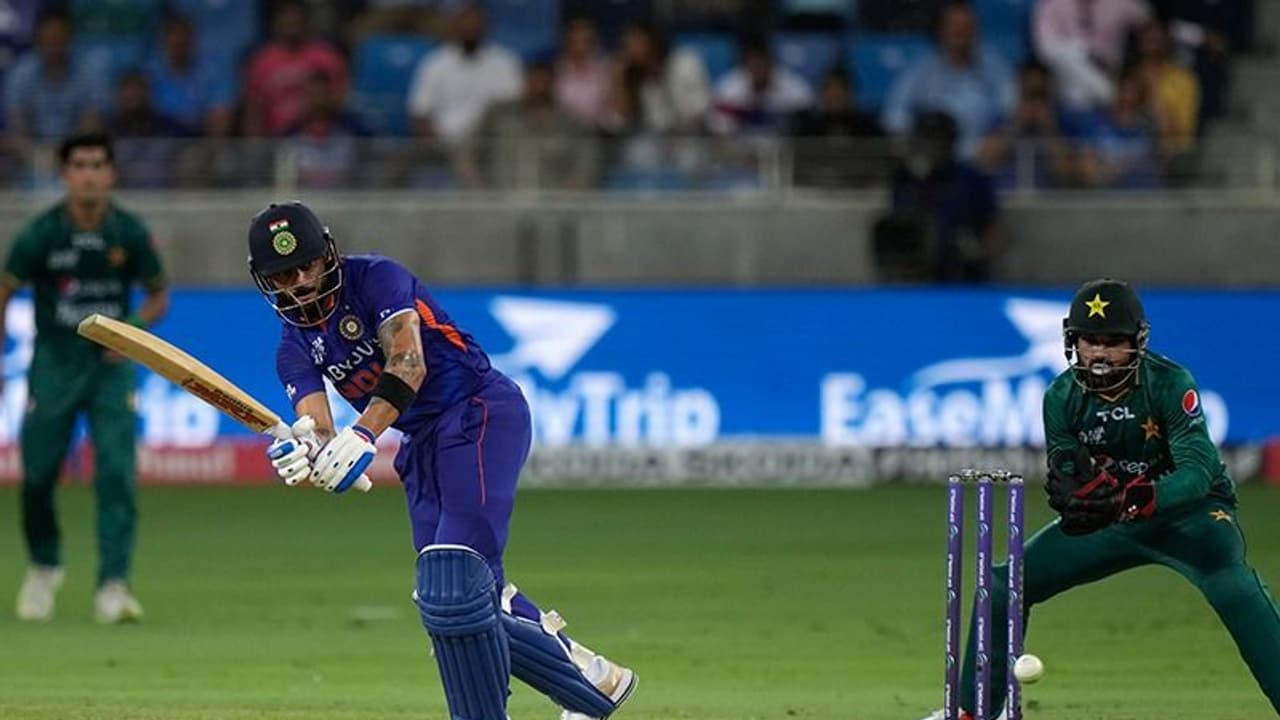The cricketing playing conditions will change from October 1 after the ICC gives its final approval and confirmation. Check out what new changes we will get to see.
From October 1, playing conditions in cricket would undergo some changes after the final approval and confirmation came in from the International Cricket Council (ICC) on Tuesday. The Chief Executives' Committee (CEC), led by the Men's Cricket Committee, with legendary former Indian skipper and reigning Board of Control for Cricket in India (BCCI) president Sourav Ganguly at the helm, discussed and updated the 2017 Code of the Laws of Cricket. Besides, the conclusions were also shared by the Women's Cricket Committee, as it endorsed the changed playing conditions to the CEC. On the same note, we present the laws and requirements, which will change from next month.

Incoming batter to be on strike upon caught out
The ICC explains: "When a batter is out Caught, the new batter will come in at the end the striker was, regardless of whether the batters crossed before the catch being taken."
ALSO READ: IND VS AUS 2022-23: 'STRIKE RATE IS SOMETHING THAT EVERY PLAYER WORKS TOWARDS' - KL RAHUL
On the use of saliva for shining the ball
The prohibition on the use of saliva for shining the ball has been in place for the last couple of years, ever since COVID came into effect and has been considered appropriate, with the ICC deciding to have the ban permanently.
Time limit for an incoming batter to face the ball
An incoming batter would now need to face his/her opening ball within two minutes since a batter gets dismissed in Tests and One-Day Internationals (ODIs). As for Twenty20 Internationals (T20Is), the limited stays for 90 seconds.
ALSO READ: 'Will never say never with Virat Kohli; can still go past Sachin Tendulkar' - Ricky Ponting
Right to play the ball
ICC states, "This is restricted to require some part of their bat or person to remain within the pitch. The umpire will call and signal Dead ball if they venture beyond that. Any ball which would force the batter to leave the pitch will also be called No ball."
Unfair fielding movement
The ICC has warned that a fielder cannot move from its position while the bowler is in the run-up to deliver the ball. Doing so would result in the delivery being called a Dead ball, while five penalty runs would be awarded to the batting side.
ALSO READ: IND VS AUS 2022-23, MOHALI T20I - MIDDLE-ORDER, SIXTH BOWLER IN FOCUS FOR MEN IN BLUE
Running out non-striker (Mankading)
The ICC has deemed that the bowler can dismiss the non-striker if the latter has left his crease before the ball has been delivered. Doing so would no longer be an unfair dismissal and would account for a proper run-out.
Bowler throwing at striker before delivering the ball
The bowlers threw the ball at the striker's end to inflict a run out before delivering the ball if the batter stepped out of his crease. Now, the same would be called a Dead ball.
ALSO READ: IND vs AUS 2022-23: From Virat Kohli to Steven Smith - 5 players to watch out for
In another significant change, the ICC stated, "The in-match penalty introduced in T20Is in January 2022, [whereby the failure of a fielding team to bowl their overs by the scheduled cessation time leads to an additional fielder having to be brought inside the fielding circle for the remaining overs of the innings], will now also be adopted in ODI matches after the completion of the ICC Men's Cricket World Cup Super League in 2023."
Remarking on the changes, Ganguly said, "It was an honour chairing my first meeting of the ICC Cricket Committee. I was pleased with the productive contribution of the Committee members, which resulted in key recommendations being made. I thank all members for their valuable input and suggestions."
